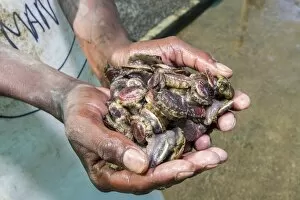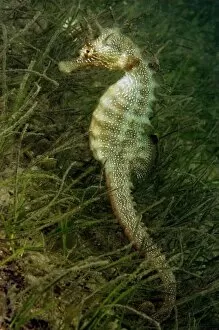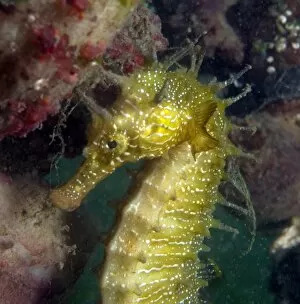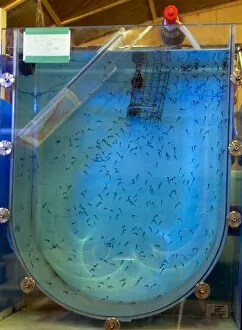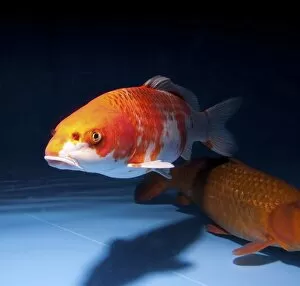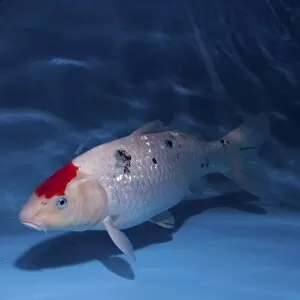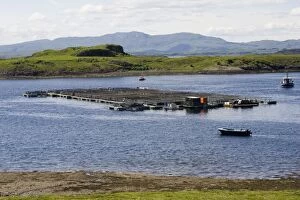Aquaculture Collection (page 3)
Aquaculture, the practice of cultivating aquatic organisms for food and other valuable resources
All Professionally Made to Order for Quick Shipping
Aquaculture, the practice of cultivating aquatic organisms for food and other valuable resources, has become increasingly important in meeting the growing global demand for seafood. One example is the school of large Atlantic bluefin tuna (Thunnus thynnus) kept captive in a growing pen. These magnificent creatures are carefully nurtured to ensure their optimal growth and health. In another aquaculture setting, thousands of Gilt-head bream (Sparus aurata) thrive inside sea cages specially designed for this purpose. The controlled environment allows farmers to monitor and manage their growth effectively. The Atlantic bluefin tuna can also be found within a tuna farm where around 1000 individuals are housed per net. This method enables efficient breeding and harvesting while ensuring sustainability. Moving away from fish farming, let's explore the enchanting oyster beds along France's Emerald Coast in Cancale. These beds stretch across picturesque landscapes, providing an ideal habitat for these prized shellfish. Venturing further east to Vietnam's Halong Bay, we encounter colorful fishing boats adorned with flags against a backdrop of stunning karst rocks. This vibrant scene showcases the rich fishing culture that thrives in this region. Fishing nets on rafts floating amidst Halong Bay's karst formations demonstrate how local fishermen utilize traditional methods to catch their bounty from these abundant waters. As day turns into dusk, Halong Bay transforms into a mesmerizing spectacle with oyster beds resembling snakes at sunset. The interplay between nature and human intervention creates breathtaking visuals that captivate all who witness them. Finally, as night falls over Halong Bay, oyster beds continue to glisten under moonlight—a testament to both nature's beauty and man's ingenuity in harnessing its resources sustainably. These captivating glimpses into aquaculture practices remind us of our interconnectedness with the ocean ecosystem. By responsibly managing these environments and embracing innovative techniques like aquaculture, we can ensure a bountiful and sustainable future for both marine life and humanity.


